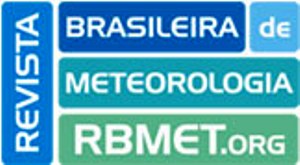ABSTRACT
The relationship between urban growth and the formation of urban heat islands, i.e. climatic differences between the urban area and adjacent rural areas, is discussed by several authors under various climatic regions. In Curitiba, population rose from approximately 600,000 inhabitants to 1,5 Million within three decades. The purpose of this paper is to present a methodology used for analyzing the urban heat island of Curitiba (25º25'40"S, 49º16'23"W, 934m a.s.l), under consideration of atmospheric stability aspects. The city is located within a region of subtropical climate in elevation; yearlong climate monitoring was carried out between December 2011 and February 2013 using a pair of weather stations in and outside (peripheral) the urban area. As a measure of minimizing bias from varying atmospheric conditions over the entire monitoring period, atmospheric stability classes were applied to the data set according to the Pasquill-Gifford-Turner (PGT) scheme. The analysis was then carried out for days with higher atmospheric stability. An additional element in the analysis is the adoption of a comfort model developed for Curitiba, from an extensive outdoor comfort field survey. The results reflect the integrated influence of the meteorological variables in terms of percentages of cold, comfortable and hot hours and variations in and outside the urban area. For Curitiba, the urban heat island can be beneficial during the colder period of the year although situations may arise in summer and across more populated urban areas, where excess heat would bring thermal discomfort indoors.
Keywords:
urban heat island; urban growth; Pasquill-Gifford-Turner scheme.

 Thumbnail
Thumbnail
 Thumbnail
Thumbnail
 Fonte: Google Earth (imagem de satélite em 07/07/2009)
Fonte: Google Earth (imagem de satélite em 07/07/2009)







